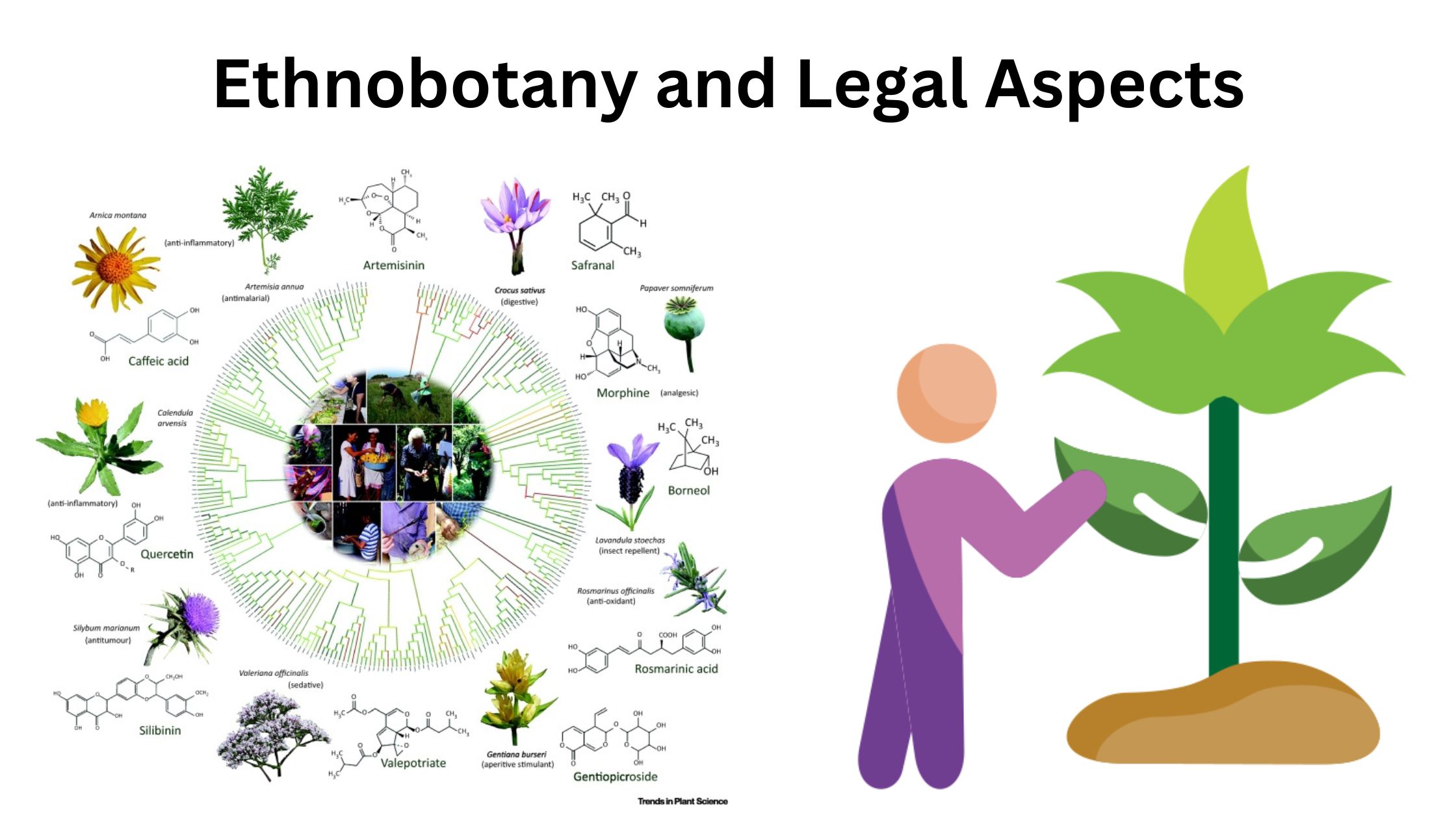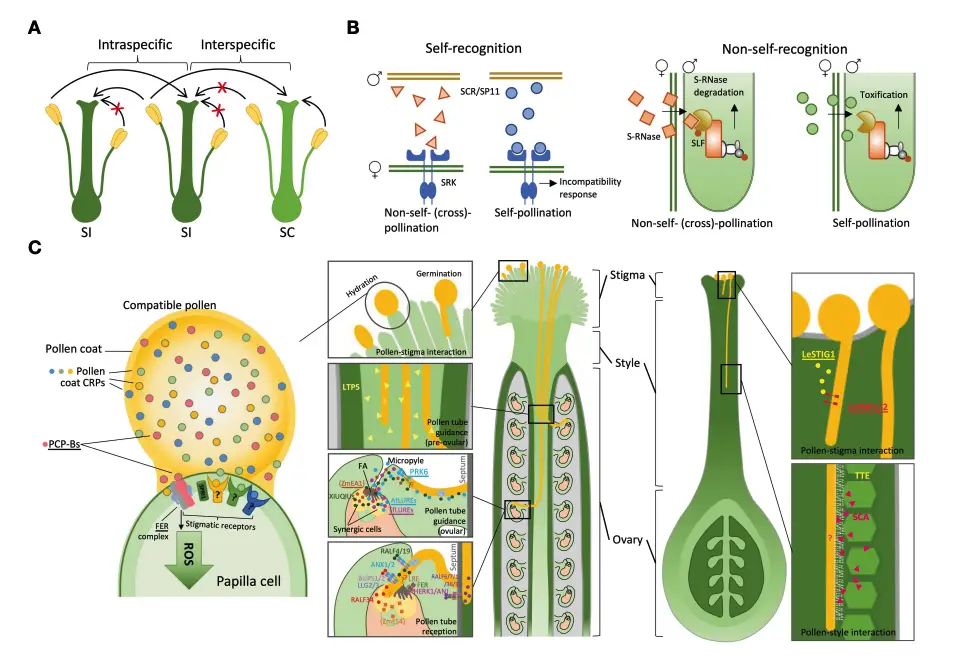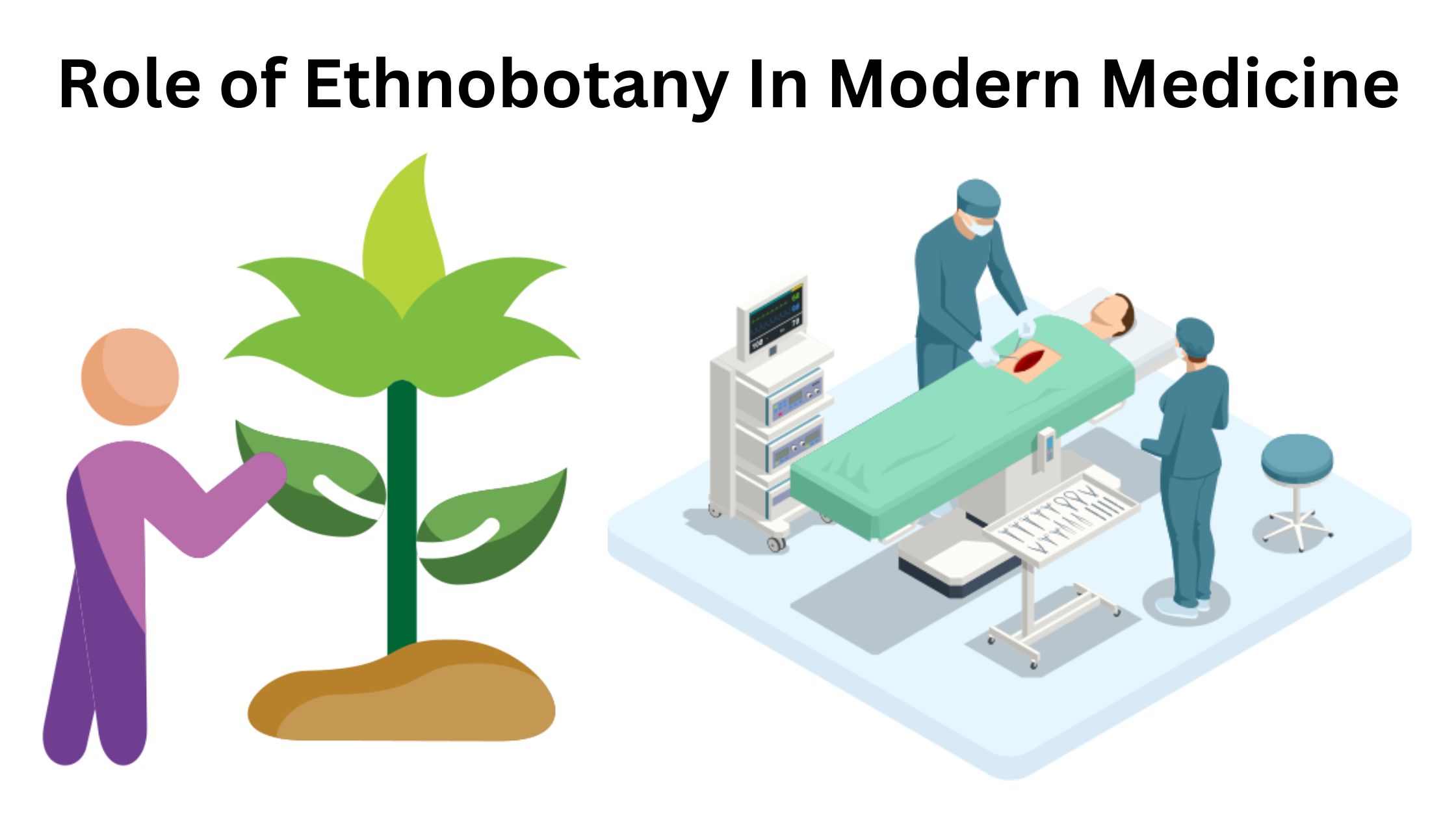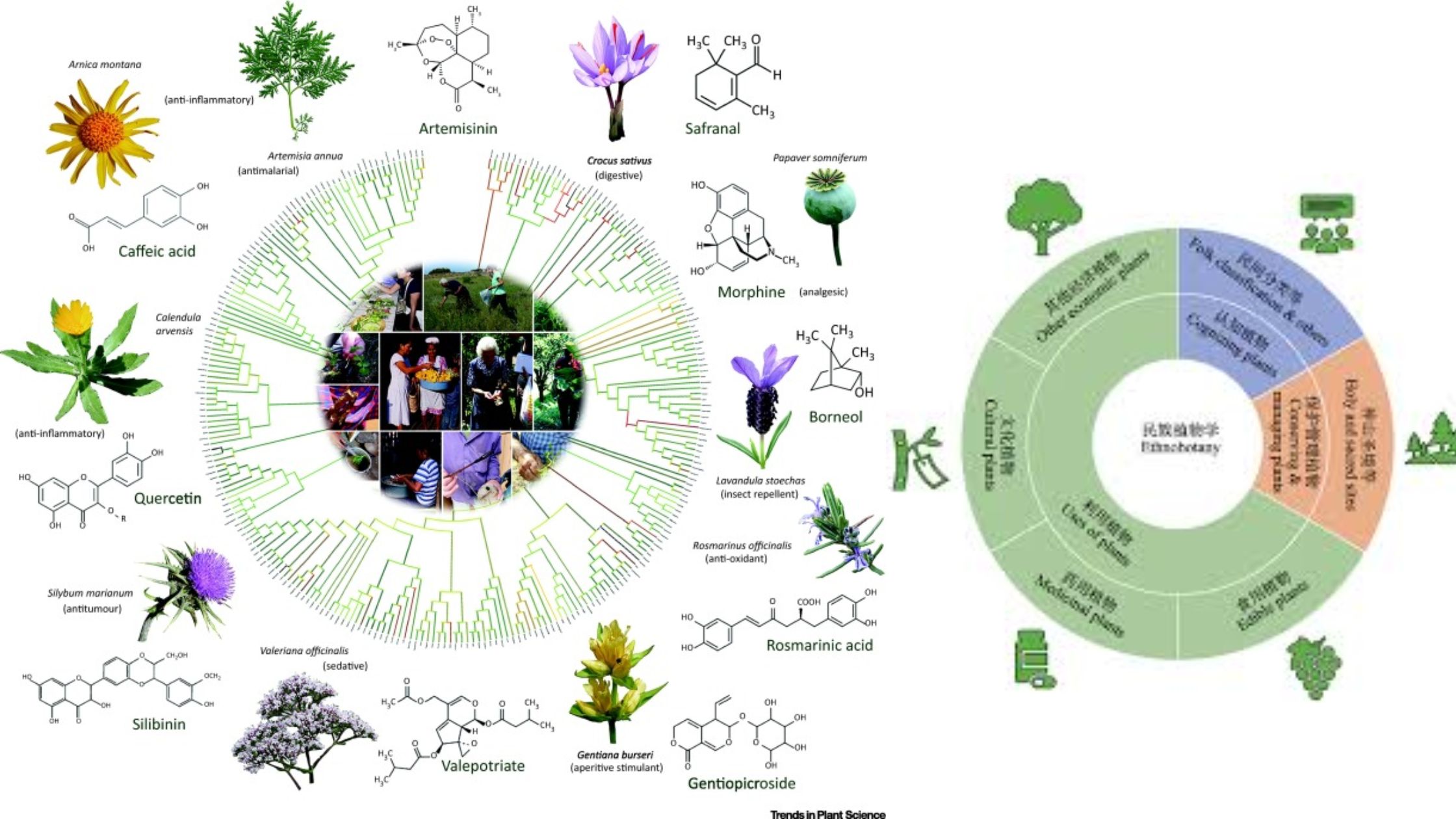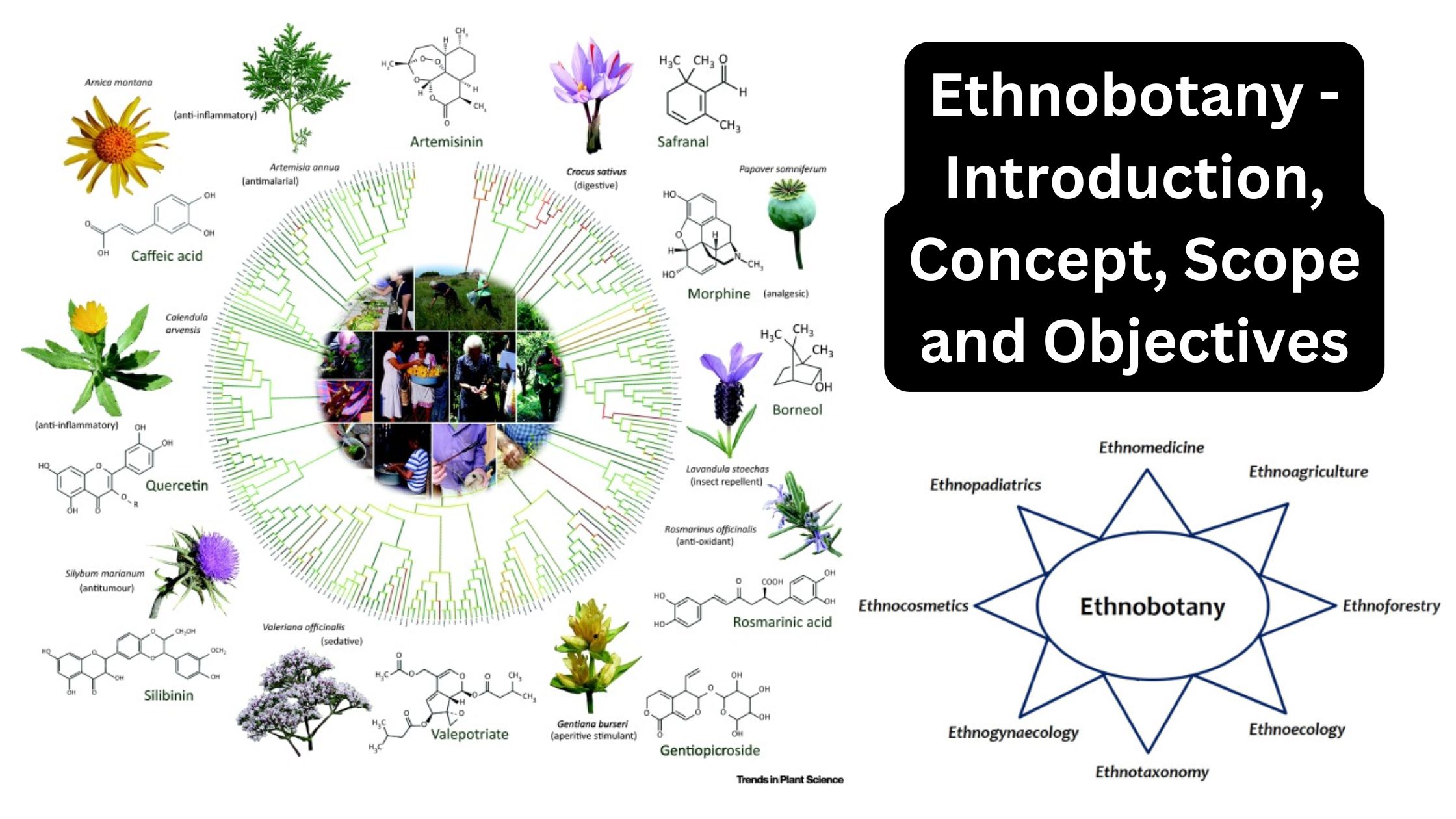Ethnobotany and Legal Aspects
In this article you will learn about Ethnobotany as a tool to protect interests of ethnic groups. Sharing of wealth concept with few examples from India. Biopiracy, Intellectual Property Rights and Traditional Knowledge. Ethnobotany is the branch of science which deals with the study of how different plants are used by indigenous people for their … Read more
